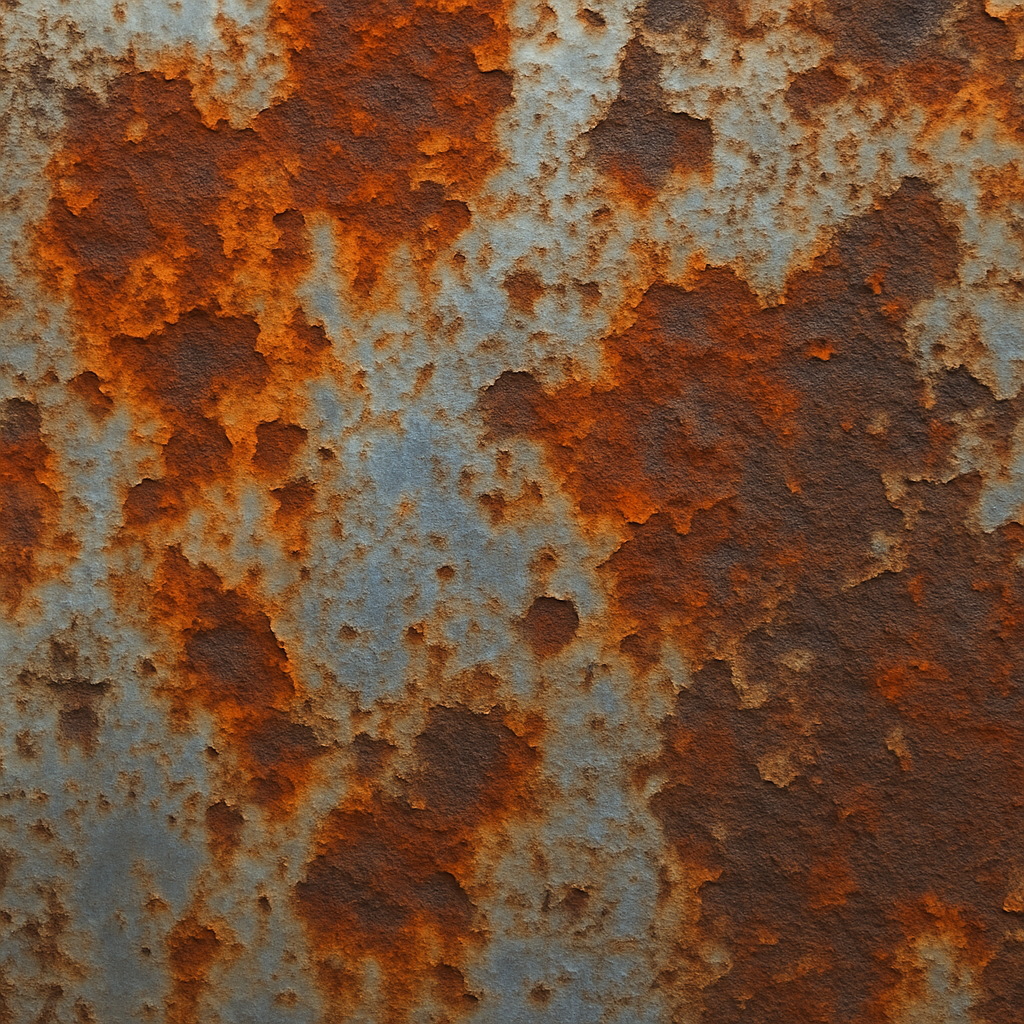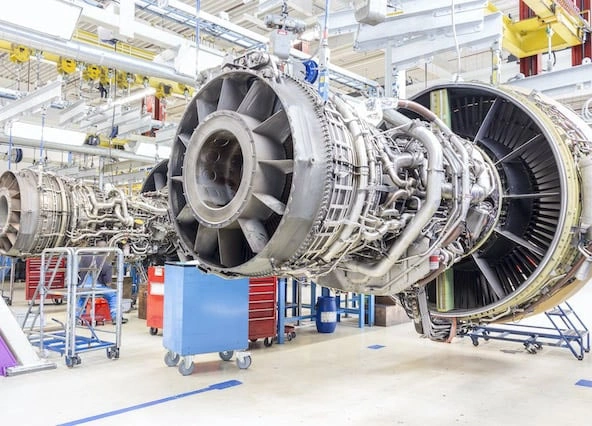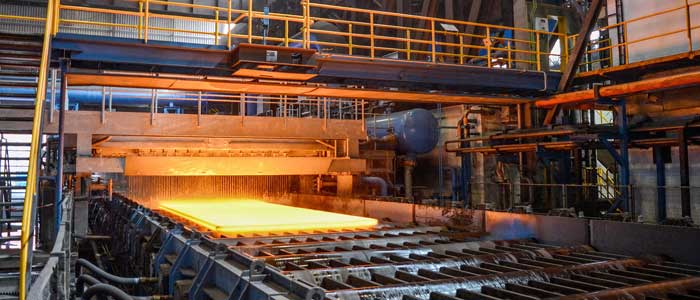When exposed to high temperatures, alloys—a combination of metals and other elements—undergo significant changes. Understanding these changes is crucial, especially for industries that rely on high-performance alloys. Let’s explore how high temperatures impact alloy behavior and performance.
One of the primary effects of high temperature on alloys is thermal expansion. As the temperature rises, the atoms within the alloy gain energy and vibrate more vigorously. This increased movement causes the alloy to expand. The degree of expansion varies depending on the alloy’s composition. Engineers must account for this expansion when designing components that will operate in high-temperature environments to prevent structural failure.
Changes in Strength and Hardness
At elevated temperatures, the strength and hardness of alloys can change significantly. Generally, metals tend to soften as they heat up, which can reduce their load-bearing capacity. However, certain high-temperature alloys are designed to retain their strength even at extreme temperatures. These alloys often contain elements like nickel, chromium, and cobalt, which enhance their high-temperature performance.
Phase Transformations
High temperatures can also induce phase transformations in alloys. A phase transformation occurs when the structure of the alloy changes, altering its properties. For instance, some alloys might transition from a solid to a more ductile phase, making them easier to form or shape at high temperatures. Understanding these transformations is key to selecting the right alloy for specific high-temperature applications.
Oxidation and Corrosion
Exposure to high temperatures can increase the rate of oxidation and corrosion in alloys. Oxidation occurs when oxygen in the environment reacts with the metal, forming an oxide layer on the surface. While this oxide layer can sometimes protect the underlying metal, it can also lead to degradation and weakening of the alloy over time. High-performance alloys often include elements that form stable oxide layers, providing a protective barrier against further oxidation.
Creep
Creep is a phenomenon where an alloy undergoes slow, permanent deformation under constant stress at high temperatures. This is a critical consideration for components that must maintain their shape and function over extended periods. Engineers must carefully select alloys with low creep rates for applications like turbine blades and jet engines, where precision and reliability are paramount.
Fatigue Resistance
High temperatures can also affect an alloy’s resistance to fatigue, which is the progressive weakening of a material due to cyclic loading. Alloys used in high-temperature environments must be able to withstand repeated thermal and mechanical stresses without failing. Developing alloys with enhanced fatigue resistance is essential for ensuring the longevity and safety of components in demanding applications.
Understanding the behavior of alloys at high temperatures is vital for industries that rely on these materials. By selecting the right high-performance alloys and considering the thermal effects on metals, engineers can design components that withstand the rigors of high-temperature environments, ensuring safety and performance.








